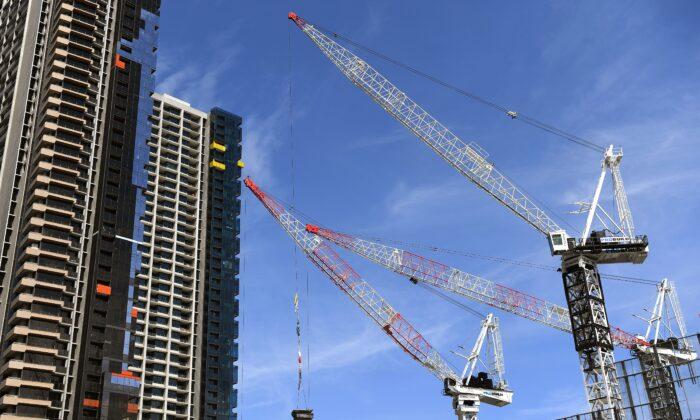Australia’s unemployment rate jumped to a seasonally-adjusted 6.2 percent in April following COVID-19-related lockdowns but the spike was lower than economists had expected.
There were 594,300 jobs lost during the month, with a decrease of 220,500 jobs in full-time work and 373,800 people in part-time employment, figures from the Australian Bureau of Statistics showed on May 14.
The rise in the unemployment rate - from 5.2 percent in March - reflects the full monthly impact of strict social distancing measures imposed in late-March which led to widespread business closures.
Economists had, on average, expected the unemployment rate to jump to 8.2 percent with around 575,000 jobs lost in the month.
However, the participation rate - or the percentage of people looking for work, dropped sharply by 2.4 percentage points to 63.5 percent, reflecting the weak job market conditions.
This was underlined by the underemployment rate jumping 4.9 percentage points to 13.7 percent and the under-utilisation rate - or the rate of people looking for more working hours - also spiking 5.9 percentage points to 19.9 percent.
The biggest rise in unemployment was in Tasmania, where the jobless rate rose to 6.2 percent - in line with the national rate - from 4.9 percent.
Queensland hit 6.8 percent, from 5.7 percent, while New South Wales rose to 6.0 percent, from 4.9 percent.
Victoria’s jobless rate also rose to 6 percent from 5.2 percent, South Australia hit 7.2 percent from 6.3 percent, Western Australia 6 percent from 5.4 percent, Northern Territory 6 percent from 5.5 percent, while the Australian Capital Territory rose to 4.2 percent from 3.2 percent.
As it stands, South Australia now has the highest unemployment rate in the country, although Queensland is not far behind, while the ACT has the lowest.
The Australian dollar initially rose immediately after the ABS data was released at 1130 AEST, but soon erased the gains. At 1155 AEST, it was at 64.25 US cents, down from Wednesday’s close of 64.79 US cents.





